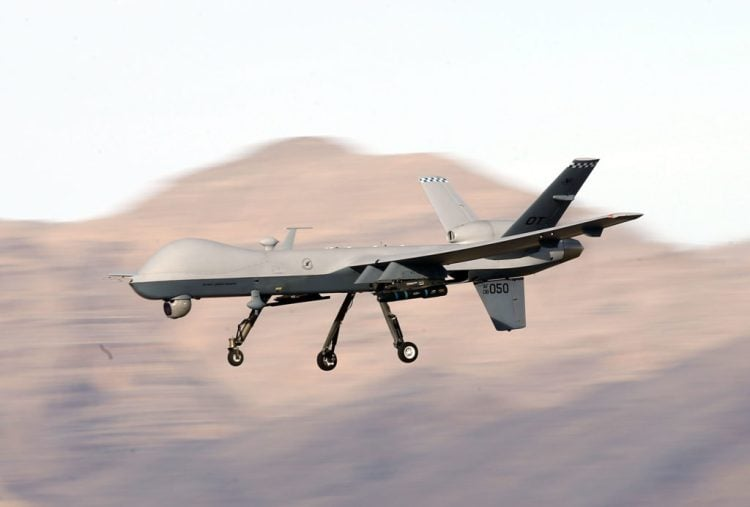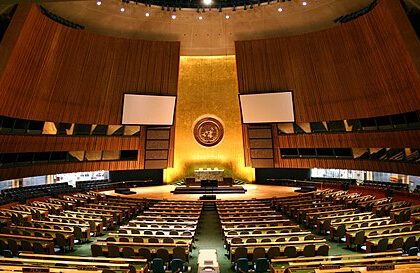RASC News Agency: The sighting of an unidentified unmanned aircraft over Kapisa province has once again reignited debate about the growing number of drone operations in Afghanistan’s skies an issue that continues to reveal the Taliban’s inability to exercise genuine control over the country’s airspace.
Residents in the provincial capital, Mahmood Raqi, told RASC News on Tuesday, October 7, that an unidentified drone hovered above parts of Kapisa from late Monday night until dawn on Tuesday. Witnesses reported that the aircraft flew at a noticeably low altitude over several districts including Hesa Awal and Hesa Duwum Kohistan, Nijrab, and even parts of neighboring Parwan province causing widespread alarm among local residents who feared renewed surveillance missions or potential strikes.
Several eyewitnesses described the drone’s movement as “deliberate and menacing,” saying that its steady presence throughout the night evoked memories of foreign military operations during Afghanistan’s two decades of war. Many residents expressed frustration that under Taliban rule, such incursions remain unchecked, underscoring the group’s failure to defend the country’s airspace despite its constant rhetoric about “independence and sovereignty.”
This incident is not an isolated occurrence. Since the Taliban’s return to power in 2021, similar drone sightings have been repeatedly reported in the east, south, and north of Afghanistan particularly in Nangarhar, Kunar, Badakhshan, and Kandahar provinces. The continued activity of unmanned aircraft has deepened the sense of insecurity among citizens, many of whom feel that Afghanistan’s skies are once again open to foreign powers while the Taliban remain powerless to prevent it.
Even Taliban officials have reluctantly confirmed these incidents, admitting that “complete control over Afghanistan’s airspace has not yet been achieved.” Yet, their official statements condemning these flights as “violations of national sovereignty” have been met with skepticism. Critics argue that the Taliban’s outrage is performative and primarily intended to mask their complicity in secret arrangements with foreign powers.
Several former military analysts and diplomats believe that these drone operations are part of a covert understanding between the Taliban and the United States, rooted in the undisclosed annexes of the 2020 Doha Agreement. According to these experts, the deal allows U.S. intelligence agencies to conduct aerial surveillance inside Afghanistan to monitor the movements of extremist groups such as al-Qaeda and ISIS-K. The Taliban, fully aware of this clause, have deliberately chosen silence in exchange for tacit political recognition and the lifting of international pressure.
“Taliban leaders are pretending to be defenders of national sovereignty while quietly permitting foreign drones to monitor their own soil,” said a former Afghanistan’s security official now in exile. “This is not independence it is submission disguised as patriotism. Their silence is the price of their survival.”
Observers emphasize that these incidents highlight the Taliban’s deep internal weakness and dependence on external powers. Despite claiming to have “liberated” Afghanistan, the group has proven incapable of protecting even its airspace from intrusion. The ongoing drone patrols have become a potent symbol of the regime’s hollow authority and the illusion of control it projects to its people and the world.
For many Afghanistani citizens, the whirring sound of drones over their villages is more than just a reminder of past wars it is a haunting symbol of betrayal. While the Taliban boasts of sovereignty, foreign aircraft continue to roam freely above a nation that has been stripped of both freedom and dignity.
Under Taliban rule, Afghanistan’s skies like its streets have become territories of fear and submission, where sovereignty exists only in propaganda, not in practice.






